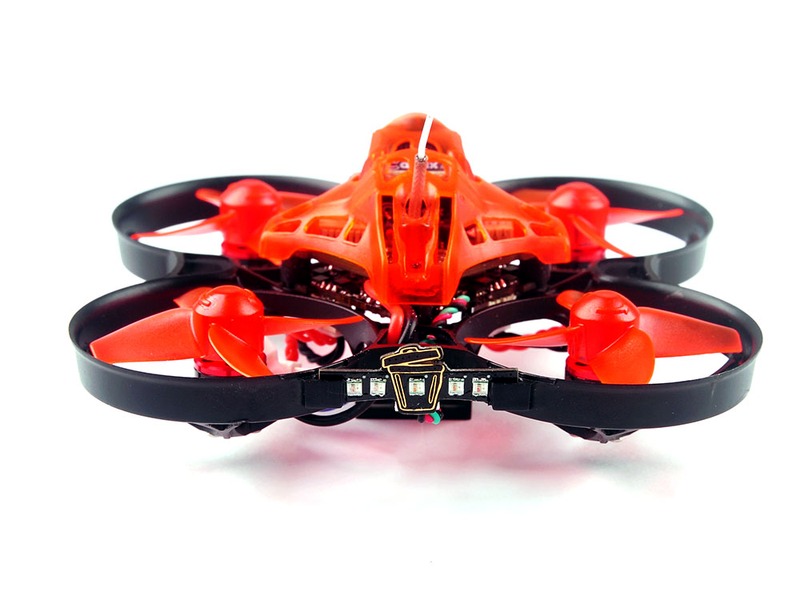What is the difference between racing drone and FPV drone?

Racing drones and FPV drones are both types of unmanned aerial vehicles (UAVs) that are used for recreational and competitive purposes. While they share many similarities, there are some key differences between the two.
Racing drones are designed for speed and agility, and are typically used in competitive drone racing events. They are typically smaller than FPV drones, with a lightweight frame and powerful motors that allow them to reach speeds of up to 100 mph. Racing drones also have specialized controllers and on-board computers that allow pilots to make precise adjustments to the drone’s flight path.
FPV drones, on the other hand, are designed for aerial photography and videography. They are usually larger than racing drones and have more powerful motors and cameras. FPV drones also have specialized controllers that allow pilots to control the drone’s flight path and camera angle. Additionally, FPV drones are equipped with a first-person view (FPV) camera that allows pilots to see what the drone sees in real time.
In terms of performance, racing drones are designed for speed and agility, while FPV drones are designed for stability and precision. Racing drones are typically more maneuverable and can reach higher speeds than FPV drones. However, FPV drones are usually more stable and can fly for longer periods of time.
In terms of cost, racing drones are typically more expensive than FPV drones. This is because racing drones require specialized parts and components that are designed for speed and agility. Additionally, racing drones require more maintenance and repairs than FPV drones, which can add to the cost.
Overall, racing drones and FPV drones are two different types of UAVs that are used for different purposes. Racing drones are designed for speed and agility, while FPV drones are designed for aerial photography and videography. Racing drones are typically more expensive than FPV drones, but they are also more maneuverable and can reach higher speeds.

